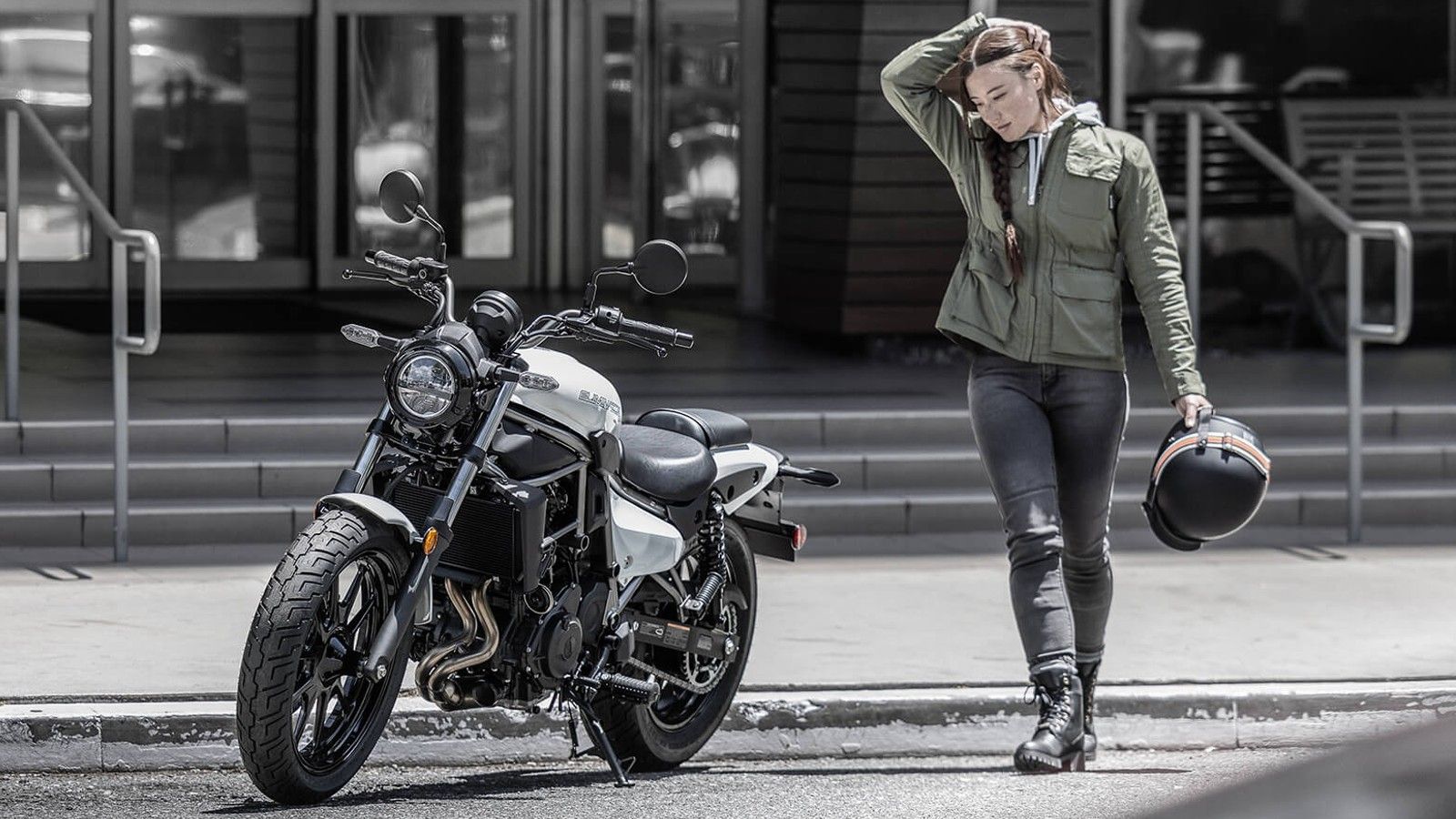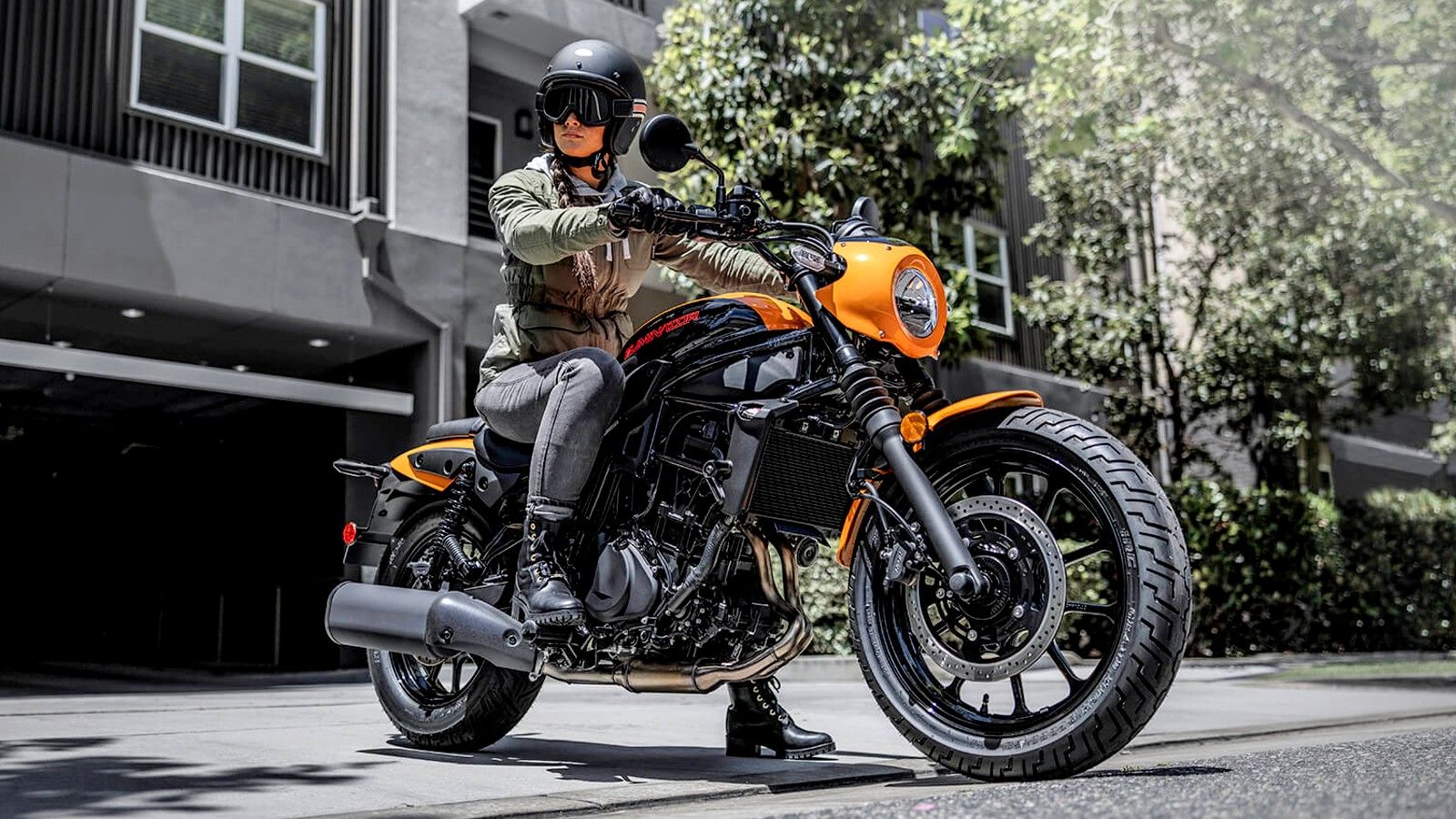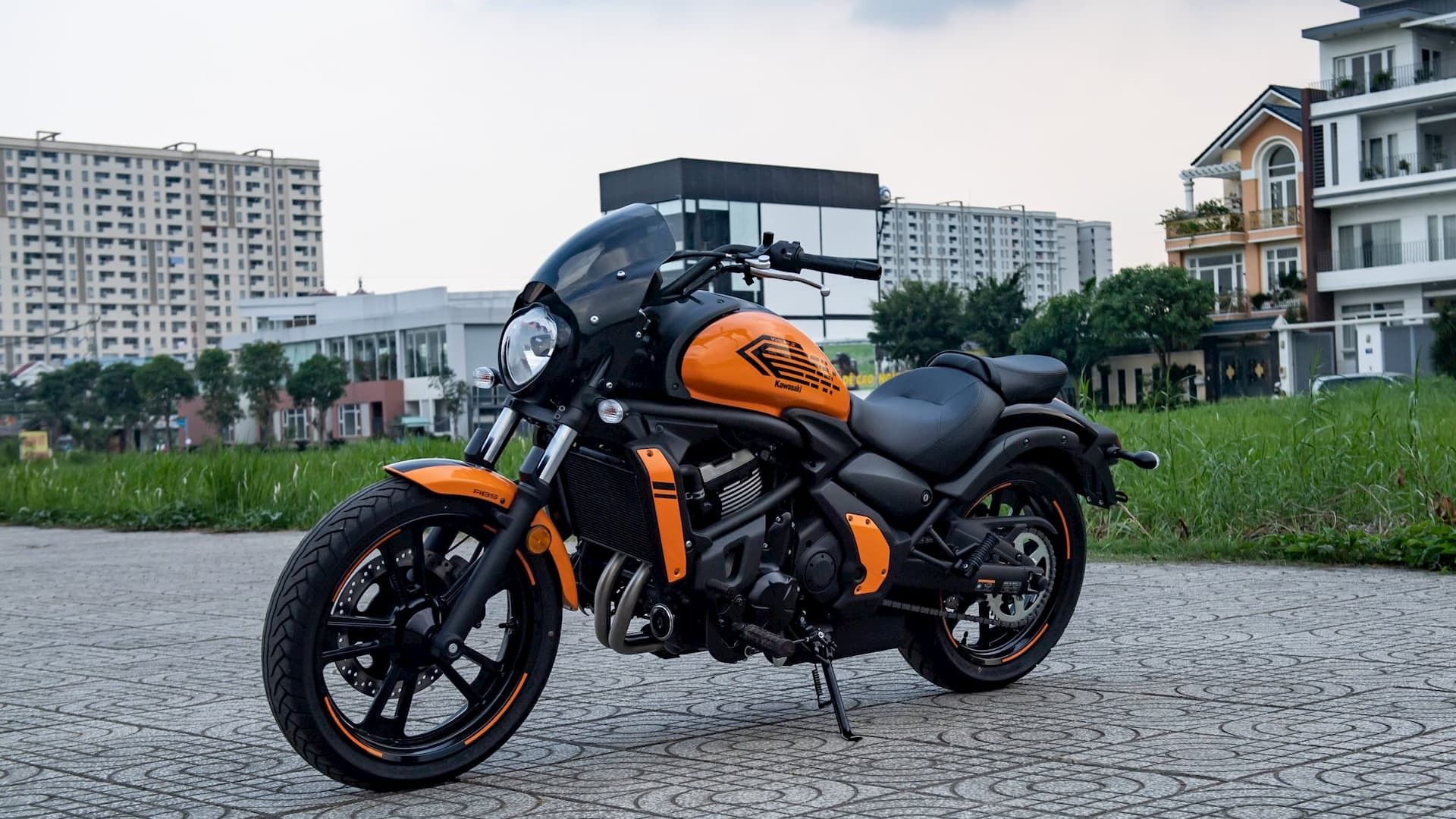The cruiser motorcycle market has had a monumental shift off late. Thumpy heavyweights are not the go-to anymore, and the popularity of metric cruisers has grown by a massive chunk. Accordingly, all bikemakers want a piece of this pie and Kawasaki made its said intention quite clear with the resurrection of the Eliminator moniker after 16 years. Returned in a 400cc avatar for 2023, Team Green has now launched its new cruiser in America. But as suggested by the previous EPA data, the Eliminator features a notable update to help it set the sub-500cc cruiser segment ablaze and take on its Japanese counterpart, the Honda Rebel 500.
With information pulled directly from Kawasaki, reliable news sources and reputable reviewers, we've compiled all the latest information on the new Eliminator model.
Updated August 2023: With brand-new models entering the market, sometimes the available information may be a bit sparse. In order to keep our readers up to speed on all the latest developments, this article will be updated as new information comes to light.
A Familiar Yet Refreshed Parallel-Twin
The biggest difference between the Japanese Eliminator and the US-spec model is the power plant. The American cruiser employs a 451cc parallel-twin engine that’s derived from the 399cc unit on the Kawasaki Ninja 400. As you’d expect, Team Green hasn’t revealed the peak horsepower, but we do know there’s 31.7 pound-feet on offer. Though this is four more than the 400cc model, the new cruiser still falls 0.2 pound-feet short of its arch-rival, the Honda Rebel 500. Regardless, all this torque and power is sent to the rear wheel via a six-speed gearbox and a slipper clutch.
The new engine is housed inside a bespoke tubular chassis and subframe. Essentially derived from Kawasaki’s 400cc naked, the frame has a high-tensile steel construction to keep the weight low and riding dynamics sharp. It relies on 41 mm telescopic forks and dual shock absorbers for suspension duties, clamped onto an 18-inch front and 16-inch rear wheel, respectively. Braking prowess comes via a 310 mm disc up top and a 240 mm disc outback, both bit by Nissin calipers. These should be more than enough since the Eliminator weighs only 386 pounds (388 for ABS model) with all liquids topped up. Concurrently, the weight, along with the 28.9-inch seat height, will make this super accessible for riders of all shapes and sizes.
Engine | 4-stroke, 2-cylinder, DOHC, liquid-cooled |
Displacement | 451cc |
Transmission | 6-speed, return shift |
Final Drive | Sealed chain |
Torque | 31.7 lb-ft |
Power | 44 hp (estimated based on Ninja 400 specs) |
A Well Designed Cruiser
When it comes to design, the Eliminator has a likable aesthetic. The alloy wheels, blacked-out mechanicals, and LED lights add a modern touch, whereas the ‘retro’ charm comes from the round headlight and mirrors. All this is complemented by a low-slung, typically cruiser stance, a slim fuel tank, and a chopper rear fender. Yes, we know the overall design is quite familiar to the Rebel, but that’s no reason not to like the Kawasaki cruiser. It still qualifies as handsome in our books and comes in two simple liveries (Pearl Robotic White, Pearl Storm Gray). Feel free to disagree and tell us your views in the comment section, though.
Design aside, the Eliminator lets you rest your feet on mid-set footrests, your back side on a two-piece seat, and a somewhat tall handlebar. This helps create an upright riding triangle, comfier than the Z400, but less laid back than Kawasaki’s 650cc mid-capacity cruiser, the Vulcan S (more on that later). Once atop, you’re greeted by an LCD instrument cluster, loaded with smartphone connectivity. It works via the Rideology app to help you see motorcycle stats on the phone, and phone notifications on the bike’s dash. Other features include LED lights all around, ABS, and non-ABS variants. In case that’s too less for you, Kawasaki also has an Eliminator SE variant that unlocks fork gaiters, a headlight nacelle, a USB charging port, and dual-tone seats. You’d also appreciate the Candy Steel Furnace Orange livery, which sets it apart further.
Is It Worth The Price?
Kawasaki USA has priced the ‘24 Eliminator at a starting MSRP of $6,649, which goes all the way up to $7,249 (for the SE ABS version). This makes it the most expensive 400cc Kawasaki on sale in America–a whopping $1,250 more than the Z400. Plus, this is $200 more than its arch-rival, the 2023 Honda Rebel 500, which already has a rock-solid loyal fan following. To make matters worse, a bigger problem could be the soon-to-arrive Royal Enfield Super Meteor 650, expected to cost under $7,000. It brings a bigger engine and a lot of traditional cruiser charm, topped with top-shelf fit-and-finish, as we found out after taking it for a short spin.
A Better Beginner Choice Than Vulcan S?
For the longest time, fans of Kawasaki motorcycles who wanted themselves a beginner cruiser had but one option, and that was the capable, though fairly vanilla in flavor, Vulcan S. And though the Eliminator is hitting out at Honda and Royal Enfield, who already have genuine crowd pleasers in the smaller capacity market, what does its introduction into the Kawasaki lineup truly mean for the 649cc, parallel-twin Vulcan S?
No one but Kawasaki really knows the future of these models, but consider the fact that the Vulcan S costs $7,349, which is just $700 more than the Eliminator. And for only $700 dollars more you'd get additional horsepower (Ninja 400's 44 hp vs Vulcan's 60 hp as a similar comparison), torque and, arguably more comfort. So the real question is, why would anyone choose a slower, similarly priced cruiser, when the Vulcan S can deliver the goods for riders new and old alike?





